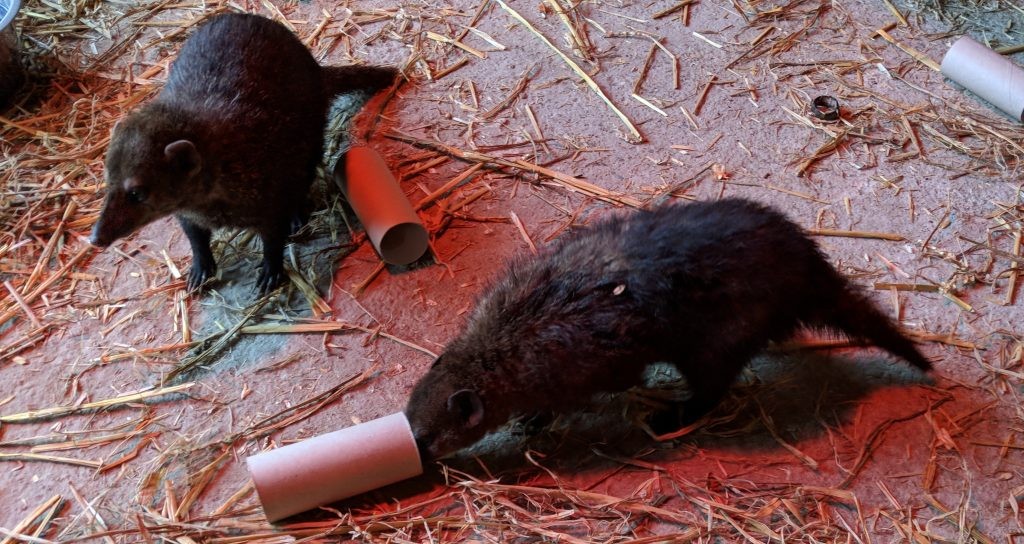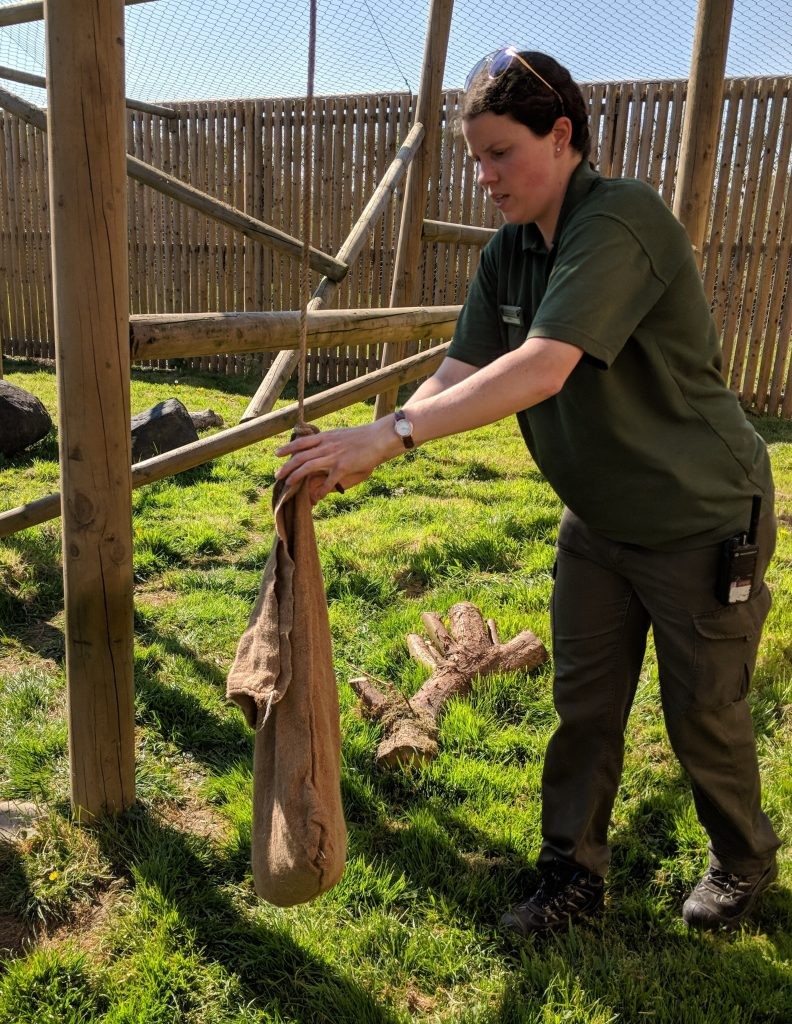You may have heard zoos talking about enrichment for their animals but what does it mean?
Enrichment is providing animals with different things to improve their environment based around their natural instincts and behaviours. As zoo keepers we want to stimulate the animals to get them to think about and enjoy their environment.
We want to cover all of the five senses that as animals we all have:
Taste – Different food items can be used that bring variety and novelty to an animal’s diet.
Vision – Coloured objects, moving items around in an enclosure and even keepers wearing silly outfits all stimulate an animals visual senses.
Touch – Changing and adding different substrates, offering different and novel objects all improve an animals surroundings.
Hearing – Playing music, animal calls and toys with bells in all allow the animals to hear different sounds.
Smell – Scents of other animals and artificial scents all stimulate a lot of animal’s natural behaviours.
If you have pets at home you probably will have provided them with different things to do whether that’s a wheel for a hamster, a scratch post for your cat or chew toys for your dog this all counts as enrichment.
At the park it is part of the keeper’s routine to provide the animals with different things to keep them occupied and stimulate their natural behaviours.
Enrichment can be as simple as spraying some perfume around the tigers enclosure to complex feeding boards for our capuchins. The main factors for enrichment are that it’s safe, appropriate for that species and not given every day. It would be dangerous to give animals a treat ball with holes large enough for their head to get stuck, but it also would be a bit pointless to give a species something too complicated and therefore no reward for them. If you were to give a group of meerkats the same scent every day after a while they wouldn’t bother with investigating it.
At Wingham we work from an approved enrichment folder that each section has where the keepers can see what works for each species and what senses it will cover. Each section also has a rota for giving all of their animal’s enrichment at different times during the week. Some species have multiple enrichment sessions each day. For example our moon bears receive 6 different enrichment sessions at different times each day. These times are chosen at random each morning by the keepers rolling two dice which then the keepers can see what times to give them their enrichment. The bear’s enrichment rota is changed on a weekly basis so that they get as much variety as possible.
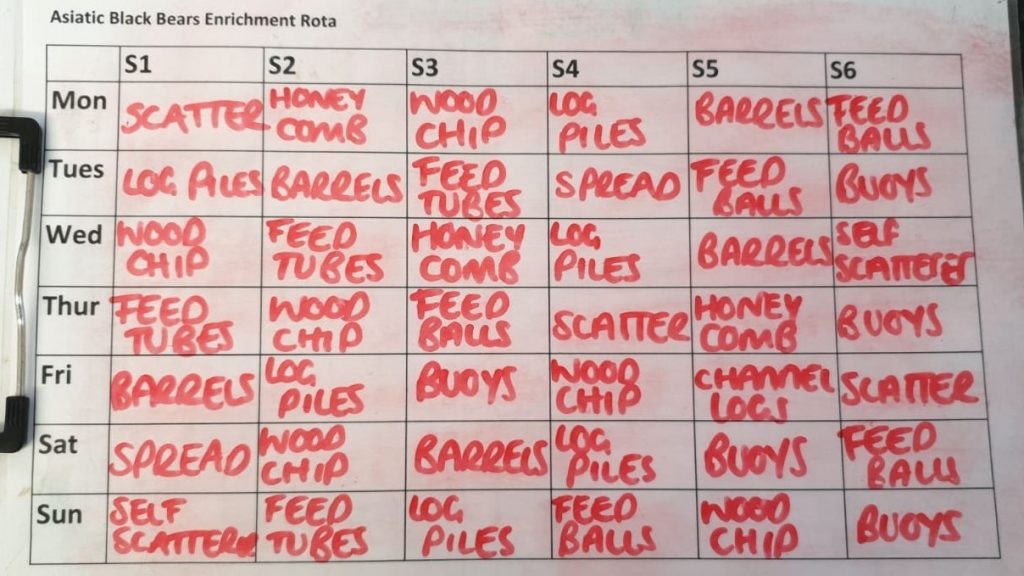
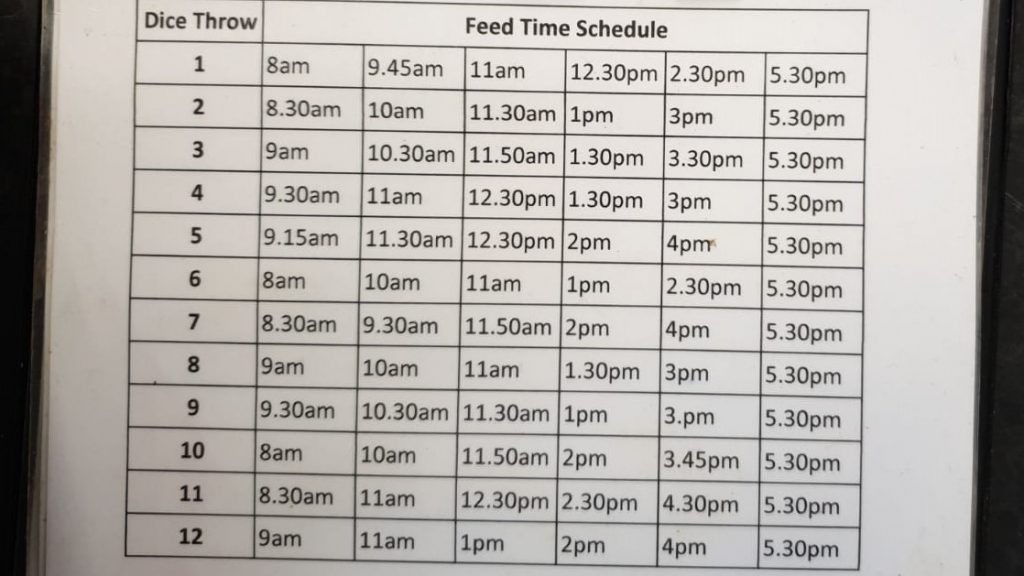
For moon bears, extending their feeding times by making them search for their food is the main aim of most of their enrichment to encourage foraging behaviour. In the wild moon bears have a home range of between 4 – 8 miles and will spend a lot of time searching for food.
Here are a few pictures of our moon bears enjoying some of their enrichment…
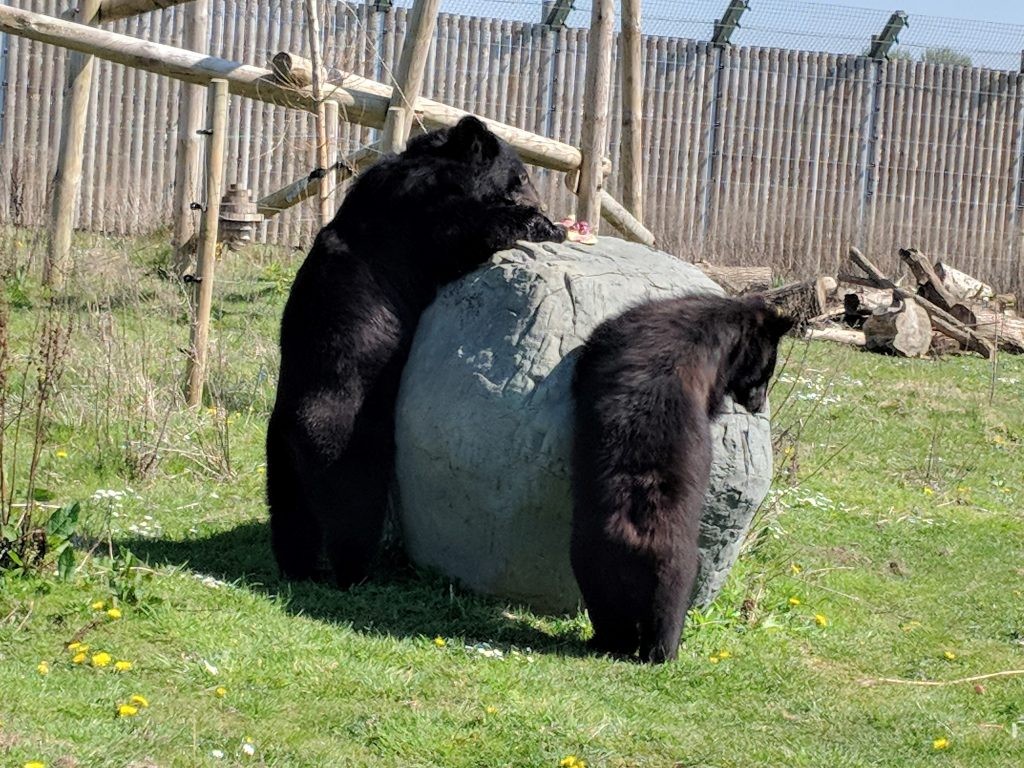
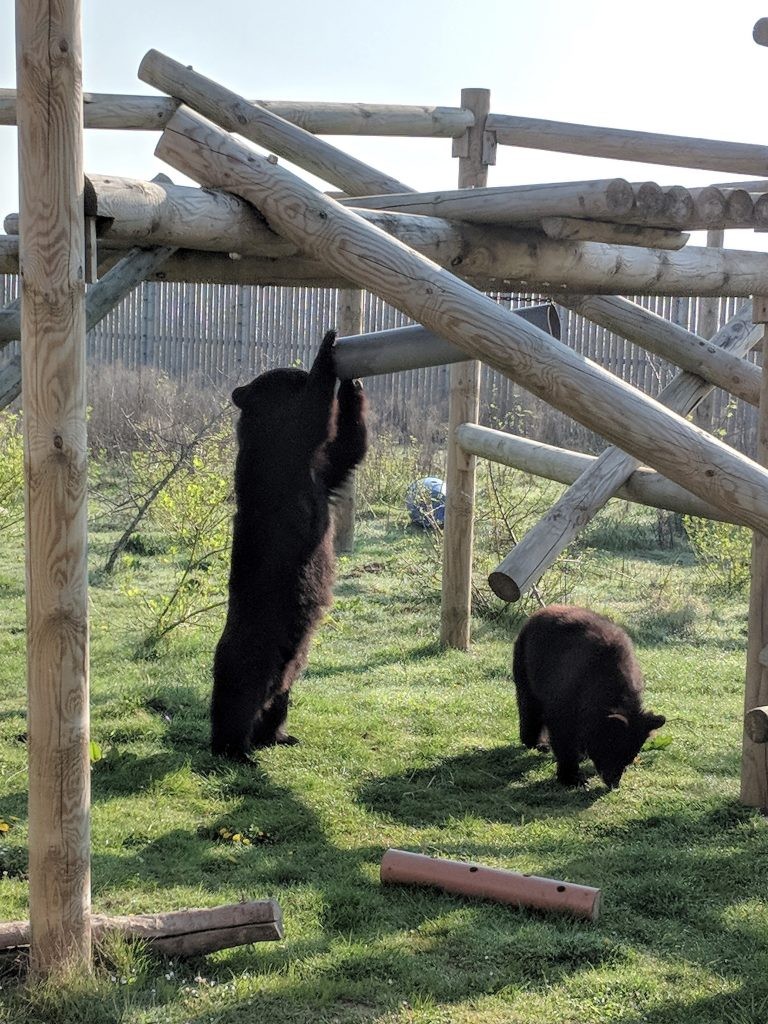
Predatory behaviour in big cats can be stimulated through various types of enrichment. Here is a picture of our tigers Duke and Tora at our sister park enjoying their birthday stuffed boar.
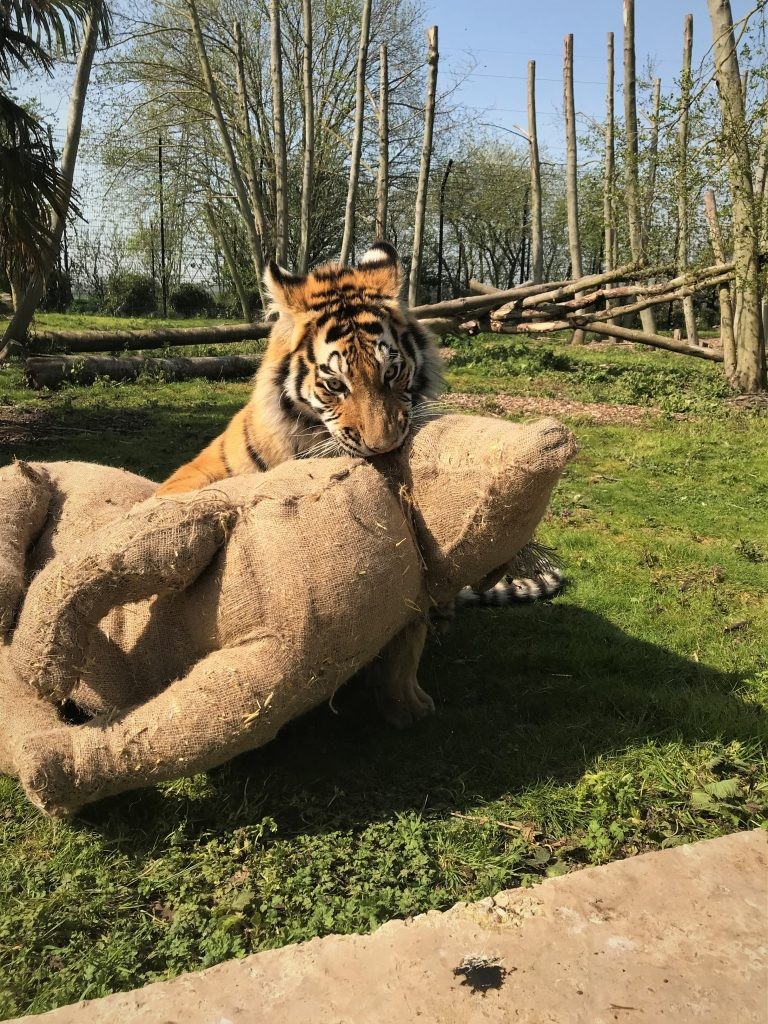
Summer Enrichment
On a hot day we all enjoy a nice cool treat and so do many of our animals. This can be in the form of an ice lolly, ice bottle or water based enrichment.
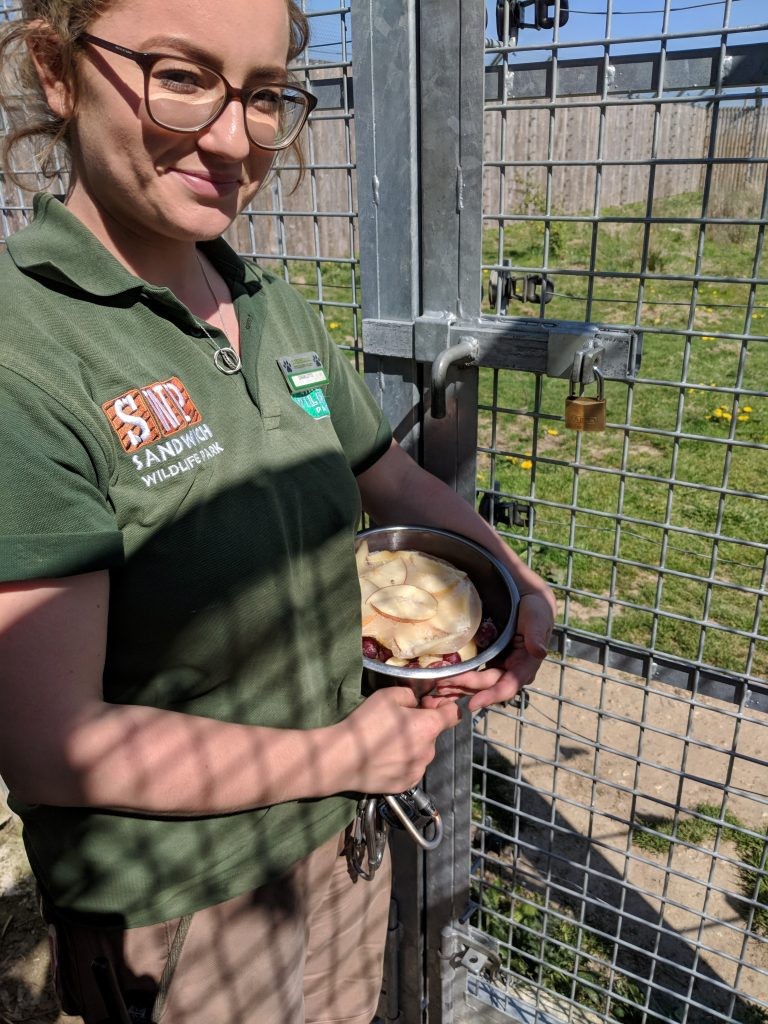
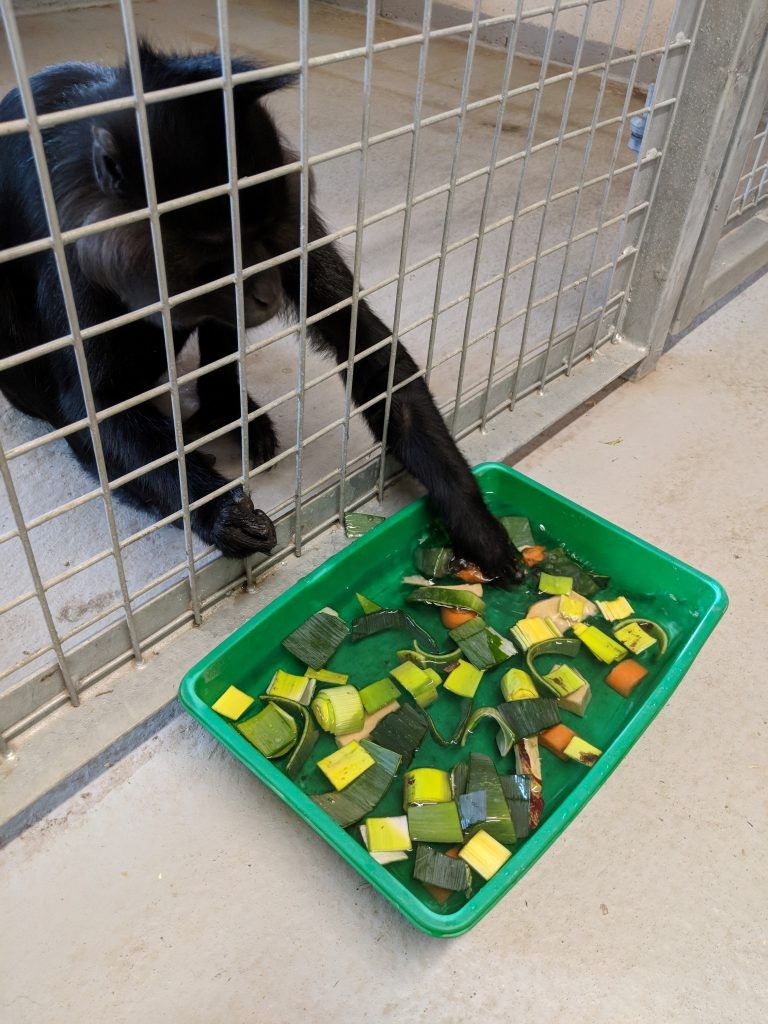
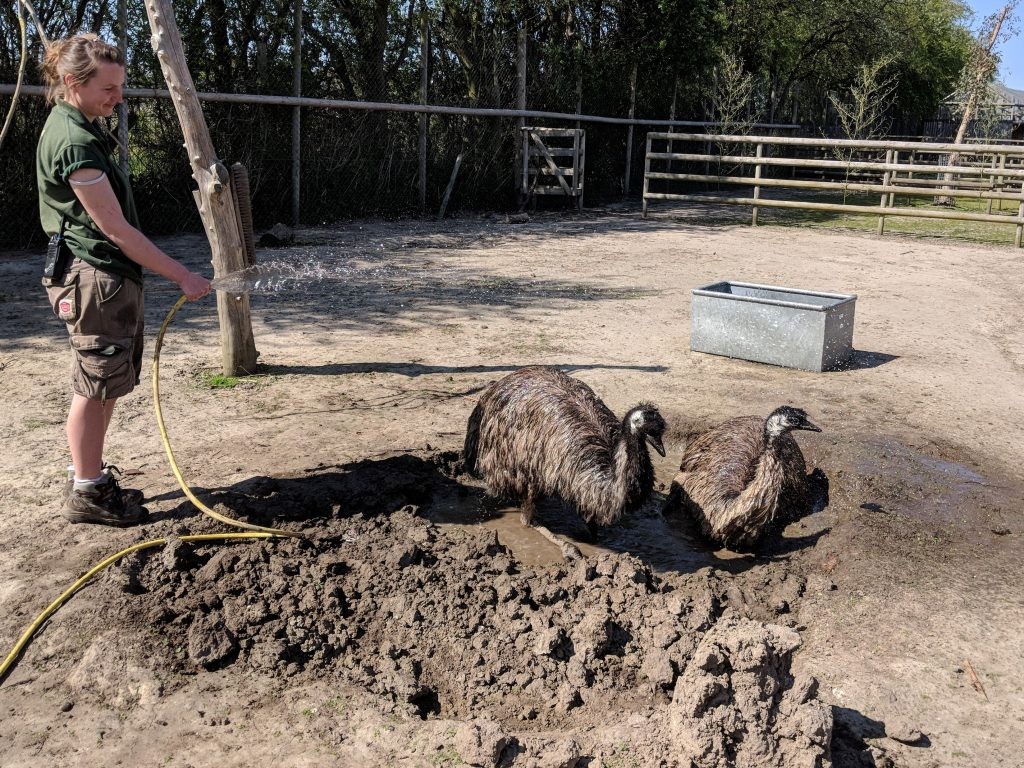
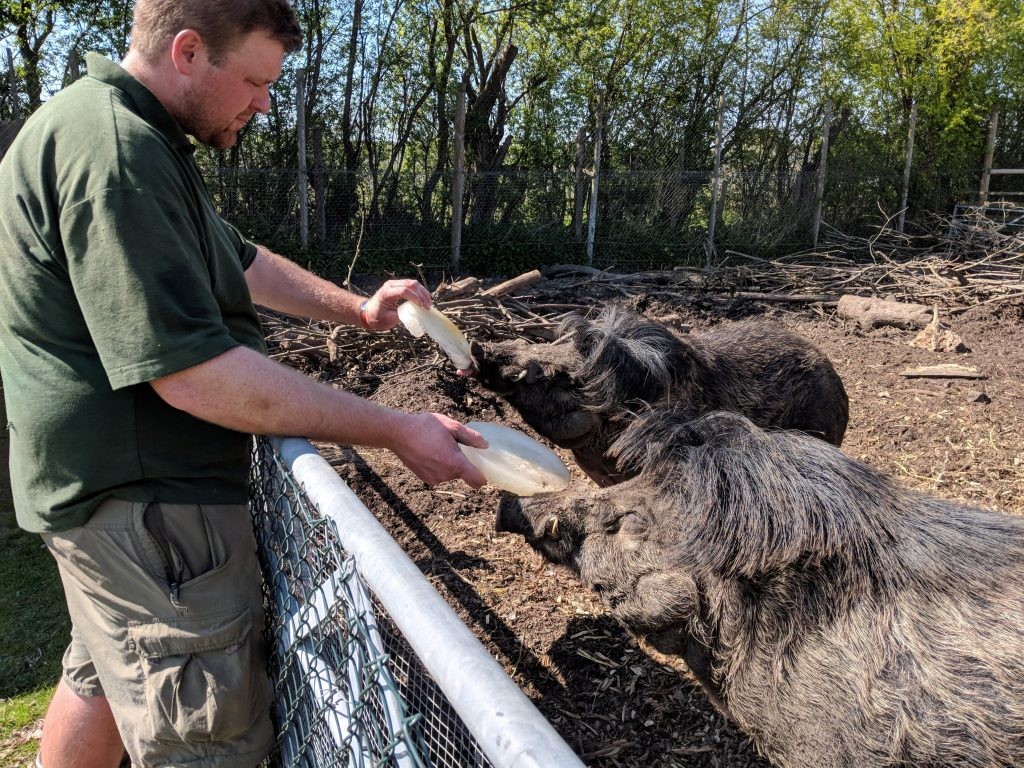
Giving animals branches and leaves is also important as it helps to clean and keep their teeth in good condition and gives them a more natural food source. A lot of our animals enjoy browse whether it’s our parrots who like to chew it up and destroy it, or Reggie, the fallow deer, having something different to eat or our guinea pigs keeping their teeth in check by gnawing on sticks. As you can see in these pictures they are enjoying their different forms of browse.
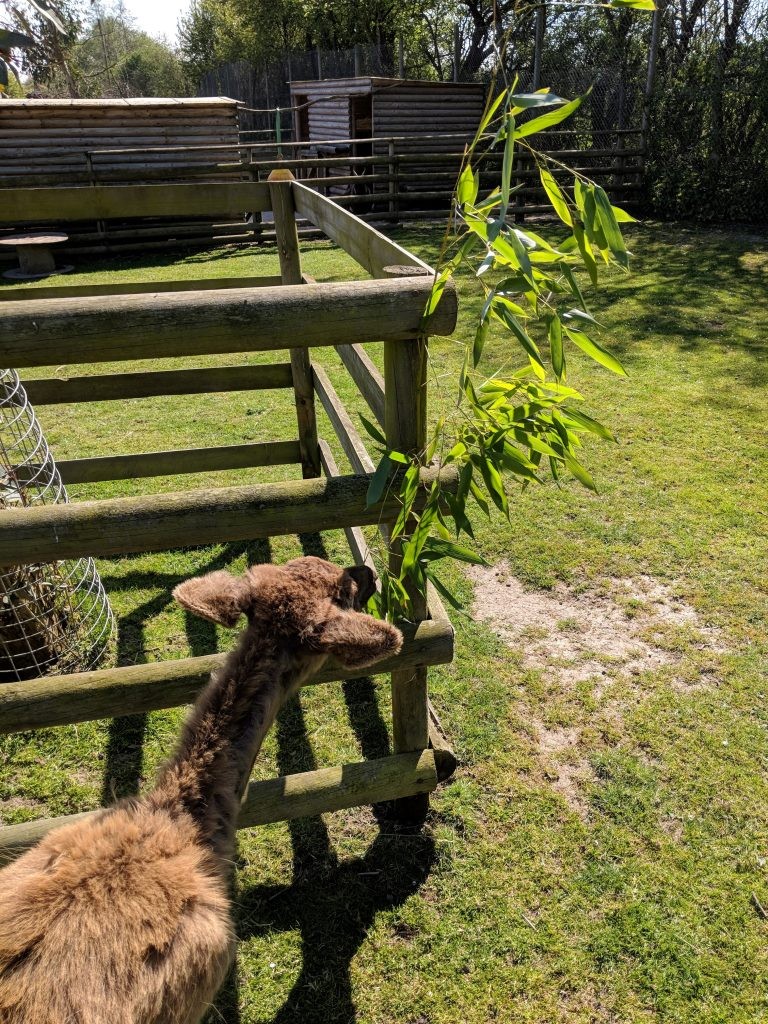
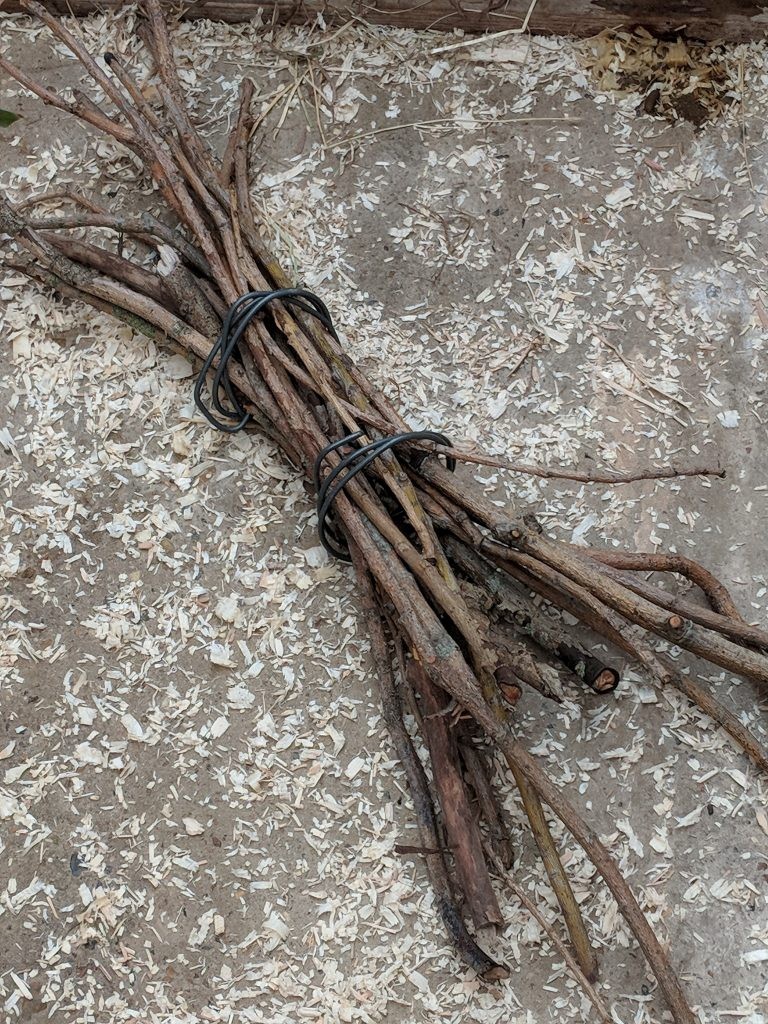
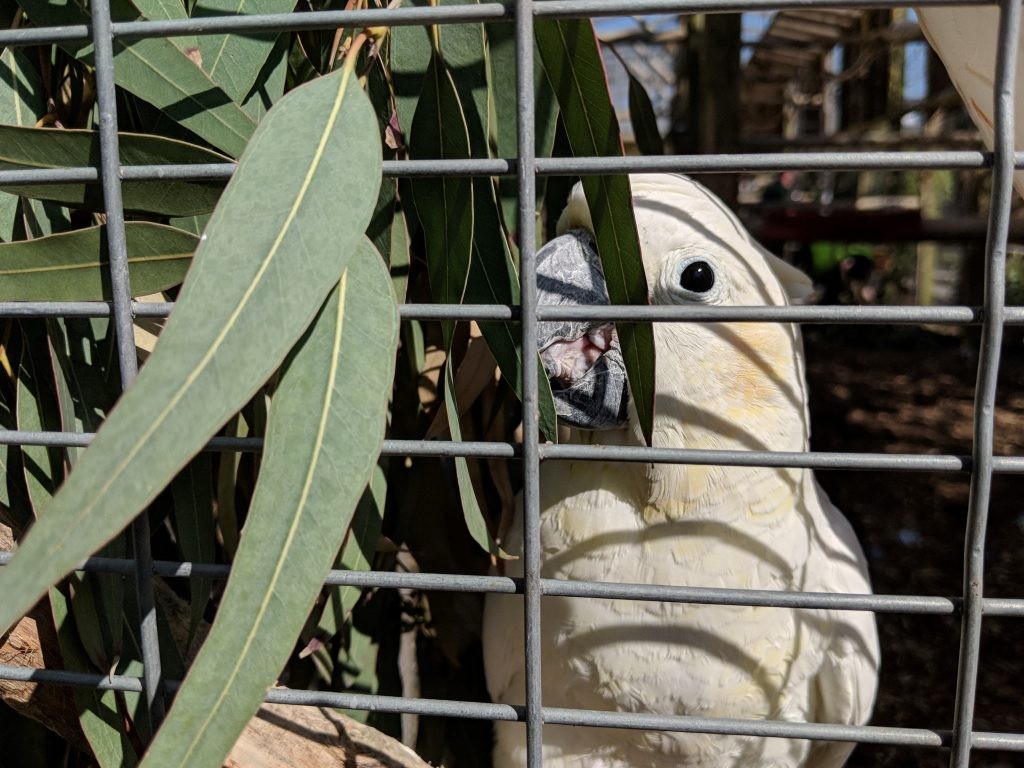
Reptiles Enjoy Enrichment Too!
Reptiles are those animals that often get over looked when you discuss enrichment, I mean they just sit there a lot of the time. However, they still enjoy having novelty items put in their enclosures and different smells to investigate.
Here are some pictures of our reptiles enjoying a cardboard box and some feathers.
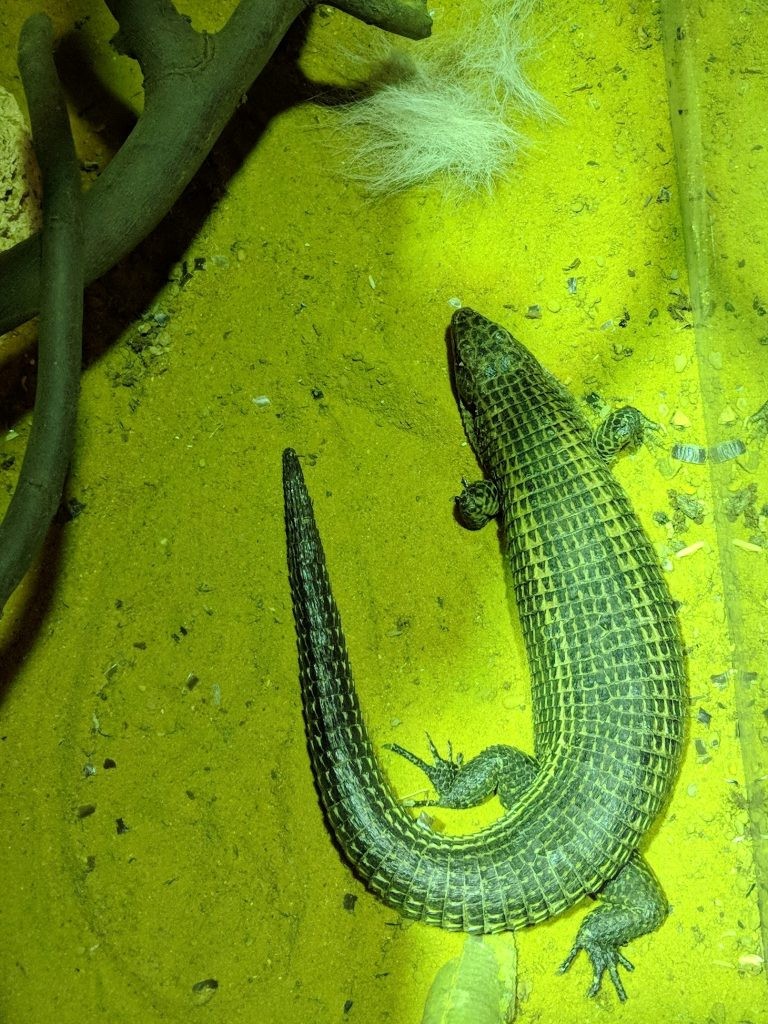
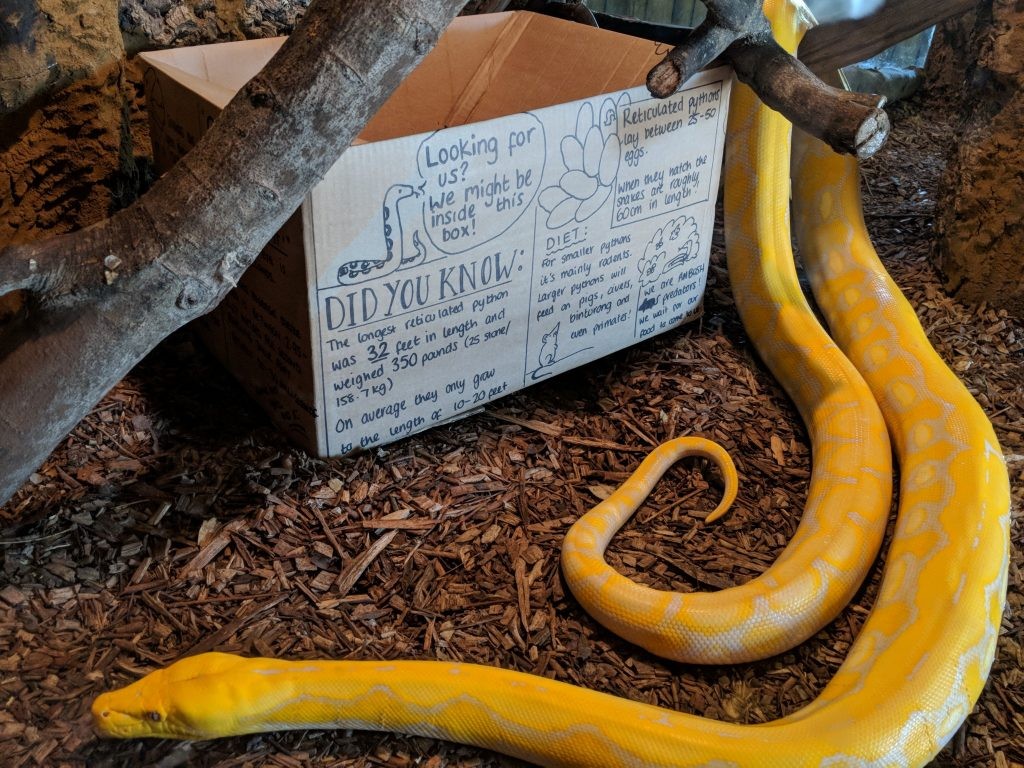
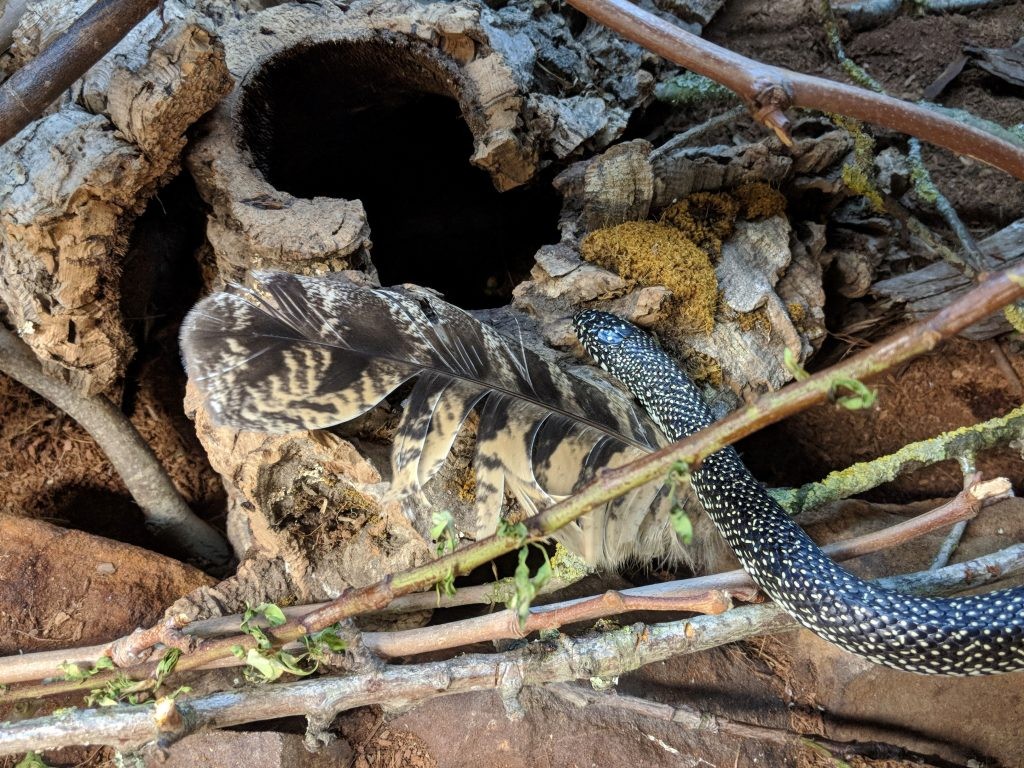
Food For Thought or Thought For Food?
Novelty and puzzle feeders are also a great way for animals to be occupied trying to get to their food rather than it just being in a bowl or scatter out. Here are some pictures of our ring-tailed lemur, Alex enjoying a tennis ball feeder and our Asian short clawed otters figuring out their puzzle feeders.
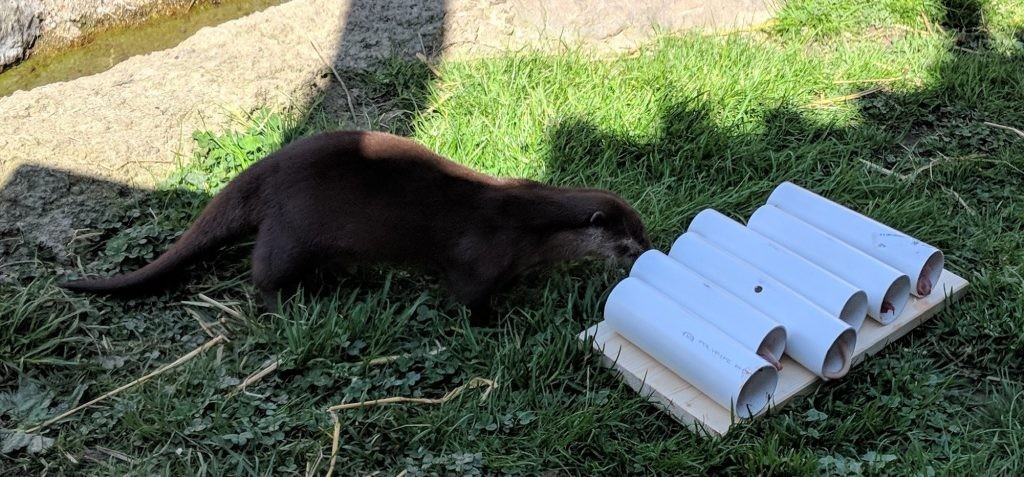
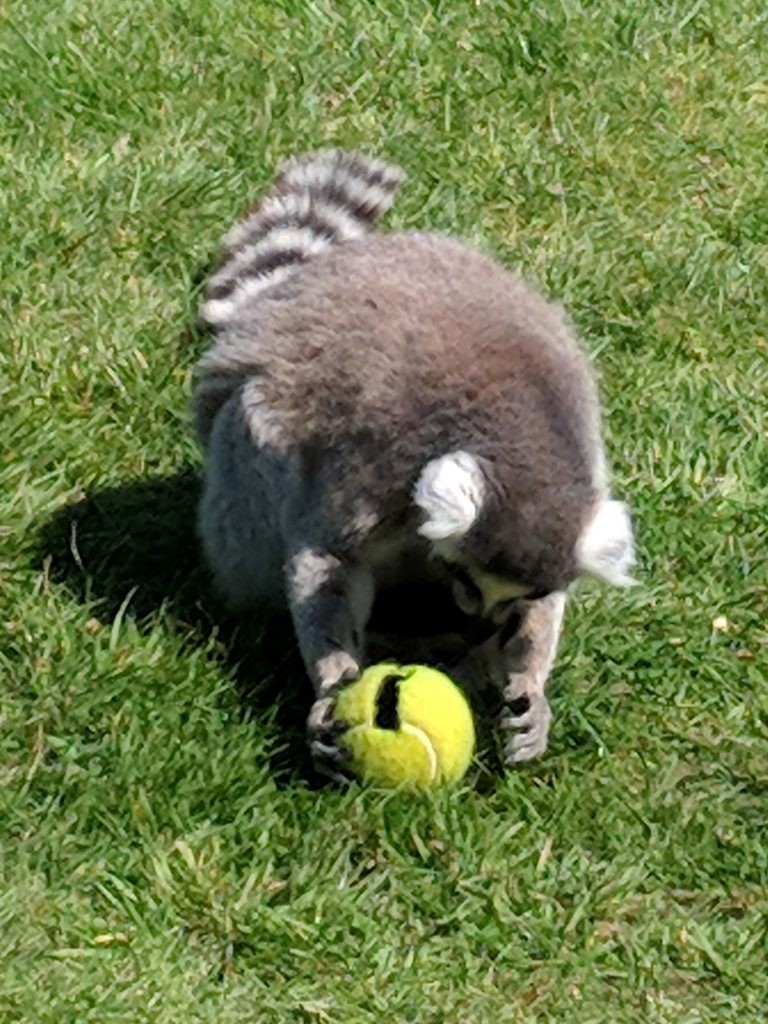
Our clouded leopard Hari also enjoys any new scents and here he is investigating a hanging sack with some of our other animals bedding.
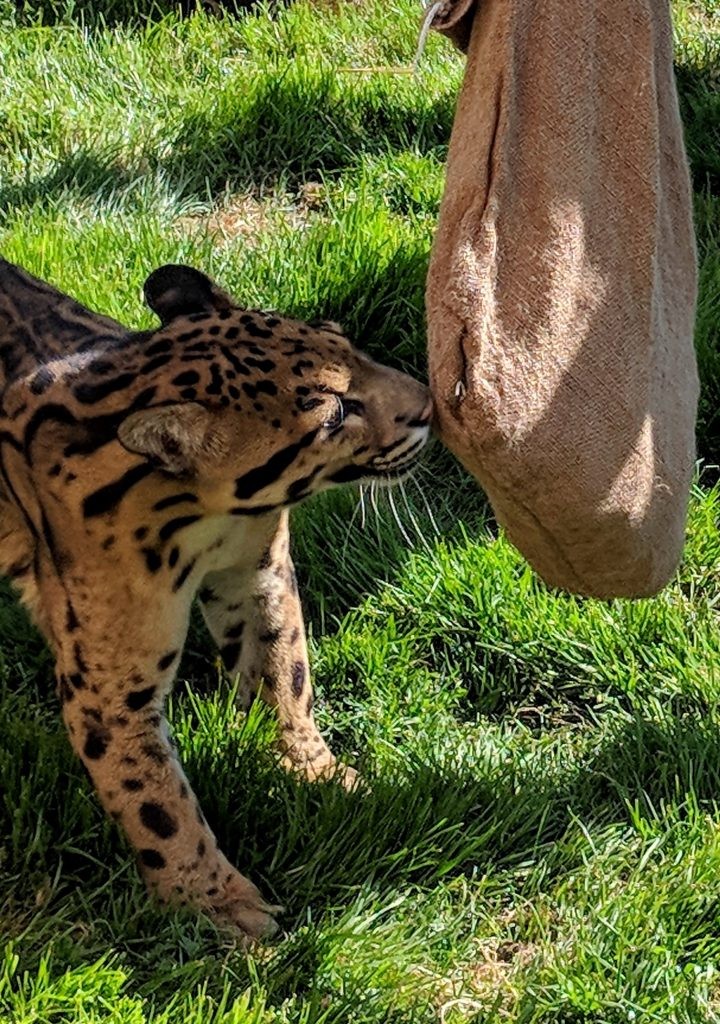
If you ever wanted to help provide enrichment for our animals we have an Amazon wish list with various things to purchase for them….. Or we always appreciate toilet and kitchen roll tubes, paper sacks, peanut butter, honey, frisbees and tennis balls which you can drop off at reception for our keepers to collect.
